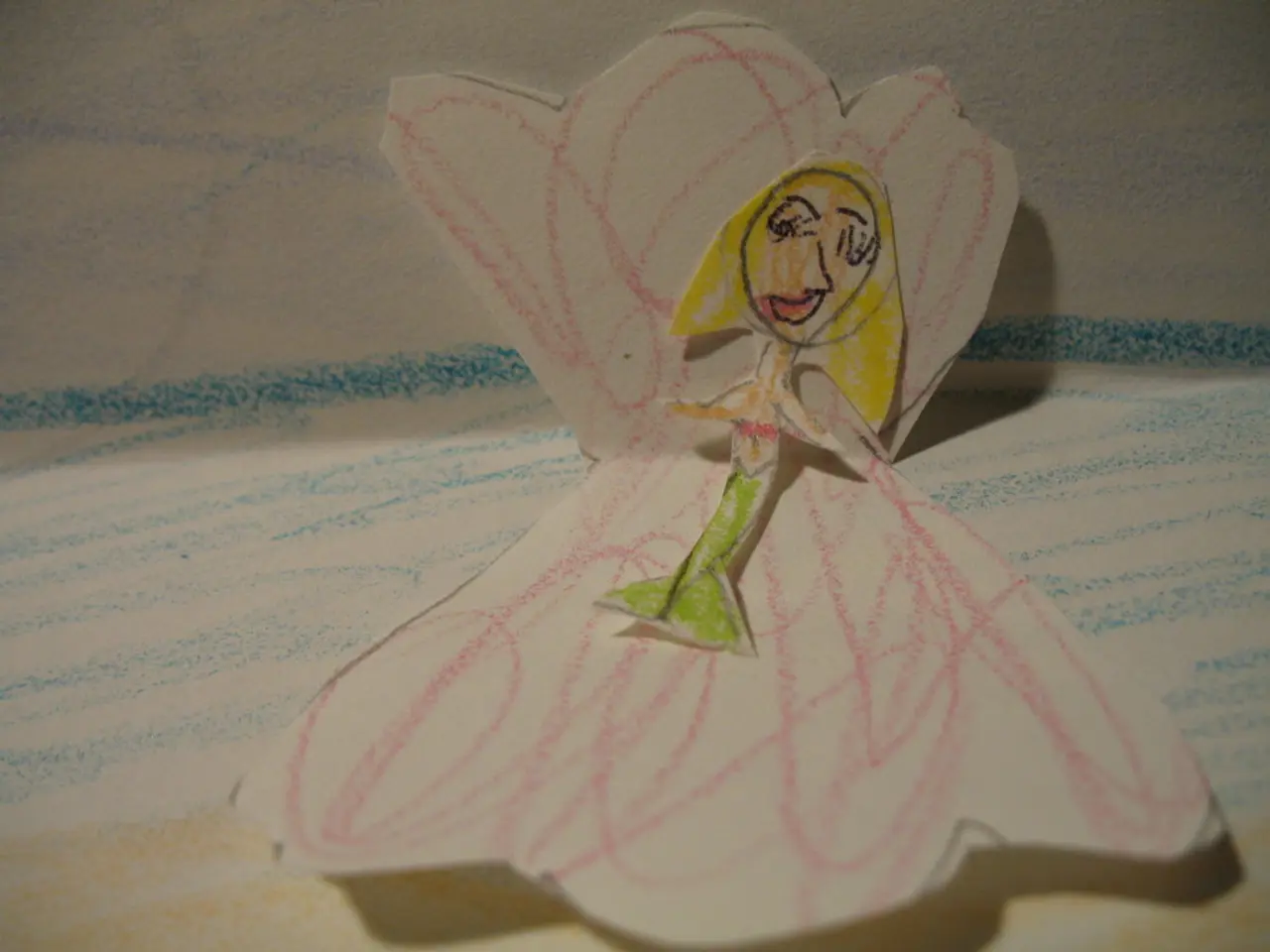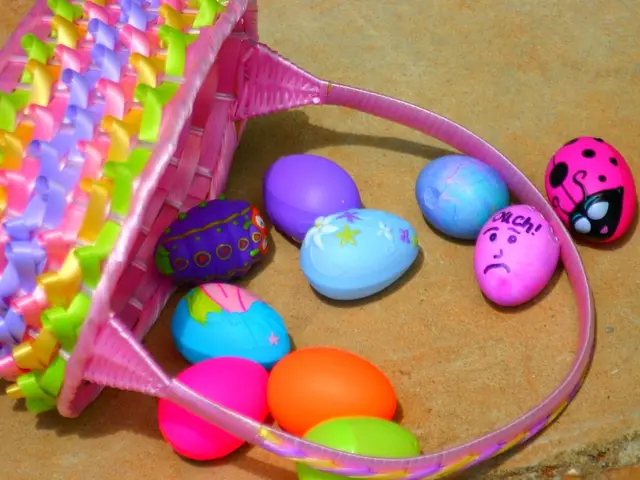Understanding the Art of Paper Folding: Essential Information to Start Your Origami Adventure
Origami, a captivating art form that transforms a flat sheet of paper into intricate sculptures, has a rich history dating back to ancient China and evolving over centuries in Japan. The name origami comes from the Japanese words 'ori' meaning 'fold' and 'kami' meaning 'paper'.
Origami's Roots in Japan
Origami as we know it today can be traced back to the Edo period (1603–1868) in Japan, when paper became more widely available. Early forms of origami were simple ceremonial folds used in Shinto rituals and gift-giving. Over time, origami evolved from these ceremonial origins into a recreational and artistic practice, with complex models and techniques developing in the modern era.
The iconic paper crane (orizuru) became a symbol of peace and longevity, notably depicted in Japanese sword decorations from the 1500s–1600s, highlighting the cultural significance of origami by that time.
Mastering the Basics
For beginners, learning basic folds is the first step towards mastering origami. Foundational shapes and simple models such as the crane, boat, or frog typically involve basic folds like the valley fold, mountain fold, reverse folds, and squash folds. These can be learned through instructional books and diagrams, online tutorials and videos, workshops, or local origami clubs.
Exploring Advanced Techniques
As learners progress, they move on to more complex bases and intricate folds requiring precision and patience, such as wet-folding (a method that involves dampening paper to allow curved folds and sculptural shapes). Advanced workshops often cover these specialized techniques as well as modular folding, tessellations, and figure modeling from a single sheet without cuts.
A Practical Approach
A practical approach is to start with mastering basic folds, gradually tackle intermediate models, then explore advanced classes or resources that focus on complex folding sequences and innovative techniques. Systematic learning through step-by-step challenges, such as those described in dedicated origami blogs and communities, can help build skills methodically.
The World of Origami
Origami is an accessible, creative, mindful, and community-oriented craft. With a wide array of materials available, from traditional Japanese paper called washi to dual-color origami paper, there's a world of possibilities for both beginners and experienced artists.
Famous origami artists like Tomoko Fuse, Brian Chan, and Akira Yoshizawa have pushed the boundaries of this ancient art form, creating exquisite modular and geometric designs, lifelike insects, animals, and human figures, and popularizing diagramming techniques, respectively.
The legend of the 1000 paper cranes promises that those who fold a thousand cranes will be granted a wish, inspiring origami enthusiasts worldwide. Joining a local origami club or exploring online tutorials and communities can provide inspiration and feedback, making the journey into the world of origami even more rewarding.
In summary, origami is a rich and timeless art form that combines creativity, patience, and joy, connecting you to a tradition that spans cultures and centuries. Whether you're a beginner or an experienced artist, the world of origami offers endless opportunities for exploration and growth.
"Venturing beyond the initial stages, one may delve into home-and-garden decor projects, transforming compact origami creations into captivating centerpieces or vibrant wall art for one's lifestyle."
"Moreover, a devotion to origami can lead to the development of complex home-and-garden designs, such as intricate scultures or 3-D floral arrangements, pushing the boundaries of paper art and enhancing the elegance of one's living space."




